100 Women 2015: Social media 'fuels gender violence'
- Published
Baroness Scotland
Mobile devices and the internet can be powerful tools, but they can also be weapons - the UN has issued a "wake-up call" about cyber violence against women.
It says it can be just as damaging as physical abuse, especially as technology can now reach remote corners of the world.
When young British actress Emma Watson spoke up for gender equality at a United Nations meeting, she didn't know she was making herself a target of relentless stalking by a global mob.


This year's season features two weeks of inspirational stories about the BBC's 100 Women and others who are defying stereotypes around the world.
Like us on Facebook, external and follow us on Instagram, external using the hashtag #100Women, external. Listen to the programmes here.

Neither did video-game developer Zoe Quinn know that she would suffer abuse as a result of stepping into a male-dominated world. She became the target of harassment after details of her private life were released online by an ex-boyfriend. His revelations led to accusations that she had had a relationship with a gaming journalist in an attempt to get positive reviews for her game. The events sparked what became known as Gamergate, a campaign that some argue is about ethics in journalism, but others consider it to be a largely misogynist hate campaign.
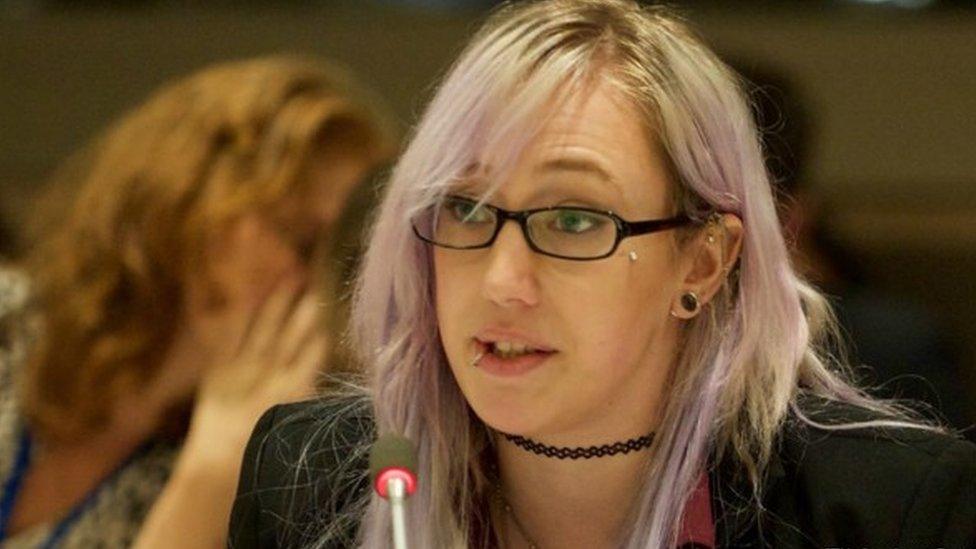
Game developer Zoe Quinn is now a voice against technology-related violence
Similarly, Hollywood star Jennifer Lawrence found herself the victim of a "sex crime" after her nude photos were leaked and endlessly distributed in the digital space.
It is time for a "world-wide wake-up call", says the UN.

FORMS OF VIOLENCE
-
1. Online harassment from abusive SMS messages to tracking movement through geolocation
-
2. Intimate partner violence - for example, threats of disclosure of intimate communications or "revenge porn"
-
3. Culturally justified violence - from forwarding a sexist joke to starting a Facebook group that promotes rape
-
4. Sexual assault - technology is used to lure women into situations that result in rape or other forms of physical violence

According to research from Pew Hispanic Center, 65% of young internet users have been suffered online harassment, and young women aged 18-24 are particularly vulnerable as they experience certain severe types of harassment at disproportionately high levels.
UN Women's Phumzile Mlambo-Ngcuka says: "Online violence has subverted the original positive promise of the internet's freedoms and in too many circumstances has made it a chilling space that permits anonymous cruelty and facilitates harmful acts towards women and girls."

Two high-profile victims of revenge porn: Paris Hilton had a sex tape leaked, while Jennifer Lawrence got her nude photos stolen from the cloud
Digital gender violence is no longer a first world problem, technology experts say, as it seamlessly follows the global spread of mobile devices and the internet.
Neither is it one that is easy to tackle, since digital technologies are double-edged swords - they can make also make women feel safer and more independent.
Digital pandemic
With one in every three women a victim, the World Health Organisation considers violence against women "a global health problem of epidemic proportion", ranging from domestic abuse to street harassment, sex trafficking, rape and femicide.
Social media has fuelled this pandemic, say experts.

When technology works as an ally
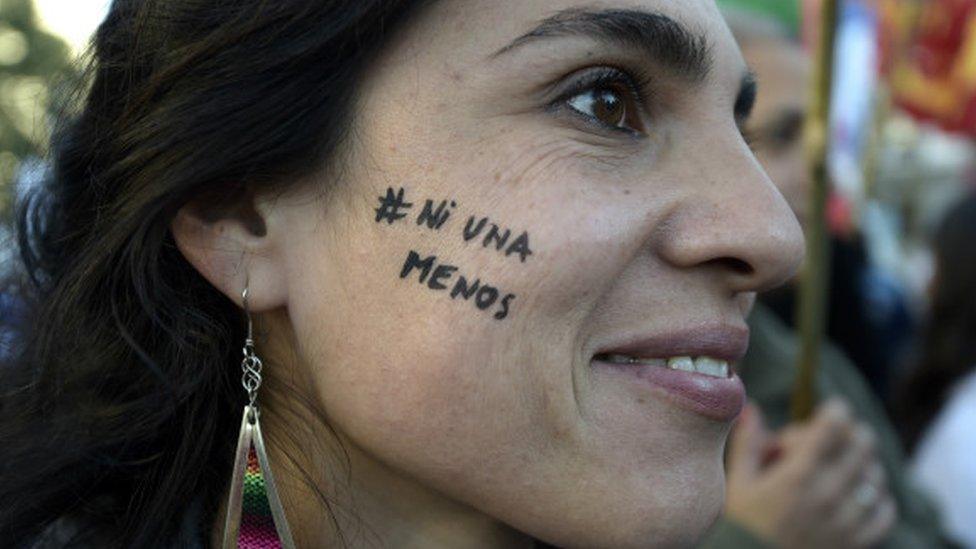
In Argentina, the hashtag #NiUnaMenos (not one less) was coined to reject femicides that go unpunished in the country
But there are also examples of how technology and social networking can work as allies against gender-related violence:
In Argentina, the hashtag #NiUnaMenos or not one less was coined earlier this year to reject femicides that go unpunished in the country. It has been established as an ongoing slogan for cyber activism against domestic violence.
In Pakistan, #Bytes for All or aware girls has been hailed as an effective attempt to fight gender-specific violence. It uses digital storytelling to engage teenage girls and teach them about their rights.
In the Democratic Republic of the Congo, the app Medicapt is being piloted allowing users to collect, share and preserve forensic evidence of sexual violence.
In India, human rights organisations are developing video games to engage men in preventing violence, as well as getting women to speak up under hashtags such as #RingTheBell. A similar project through video blogs is in place in Nicaragua.
"Take back the tech!" was launched in 2006 by a group of young women in South East Asia in response to an increasing body of evidence that mobile phones and geo-location software were used for physically violent ends. Every year on 25 November they put out a call for 16 days of activism against gender violence.

"The internet is available to everyone, and so is its violence. The perpetrators are no longer limited by geographic or physical boundaries," says Baroness Patricia Scotland, former UK attorney general and founder of the Corporate Alliance against Domestic Violence.
But violent online behaviour ranges from virtual harassment and public shaming to the desire to inflict physical harm - and the internet may then become a tool to turn virtual violence real.

Only 40 years ago, sexual harassment and domestic violence were viewed as normal. Today we see the same pattern of subordination in cyberspace. Cyber-harassment is seen as trivial

A survey by the Washington-based National Network to End Domestic Violence (NNEDV) found 89% of domestic violence programmes reported dealing with some form of abuse through technologies, often across multiple platforms.
The NNEDV's Kaofeng Lee says: "Intimidation, threats, and access of information about victims aren't new tactics within the context of domestic violence. But the use of technology means that the harassment and abuse can be much more invasive, intensive, and traumatising."
No pranks
University of Maryland's Professor Danielle Citron, author of Hate Crimes in Cyberspace, charted the popular response to internet death and rape threats and found that the disseminated messages are sometimes dismissed as so-called harmless locker-room talk or juvenile pranks.

VIOLENCE AGAINST WOMEN
1 in 3
women worldwide experience some form of violence in their lifetime
-
1 in 5 women in developing countries feel the internet is inappropriate for them
-
Women aged 18-24 experience severe types of harassment at disproportionately high levels
-
26% of young women have been stalked online
-
25% of young women have been the target of online sexual harassment

And the report button social networking sites have introduced to help users flag up abuse is "just a virtual Band-Aid for a potentially dangerous real-world problem," she adds.
Professor Citron has lobbied for laws in the US to criminalise revenge porn but she encounters powerful critics who argue such legislation would infringe on freedom of speech.
A recent UN study asks industry players such as internet service providers, mobile phone companies, social networking sites, gaming sites and websites to play the part of digital gatekeepers.
RESPONSE TO CYBER VIOLENCE
65%
of female victims prefer not to report cyberviolence for fear of social repercussions
-
47% of those who responded confronted the person online
-
44% blocked the person responsible
-
22% reported the incident to the website or online service
-
5% reported the problem to law enforcement
The report says tech companies need to "explicitly recognise cyber violence against women and girls as unlawful behaviour" and provide "relief to victims and survivors".
But the picture is bleak so far. Statistics reveal that one in five female internet users live in countries where gender violence is unlikely to be legally punished.
Correction: This report has been amended to remove a figure attributed to the UN that 95% of online abuse was directed at women. Although widely quoted, it has not been possible to verify this figure. Some changes have also been made involving the background to the Gamergate case and the detail of the NNEDV survey.
- Published21 April 2015
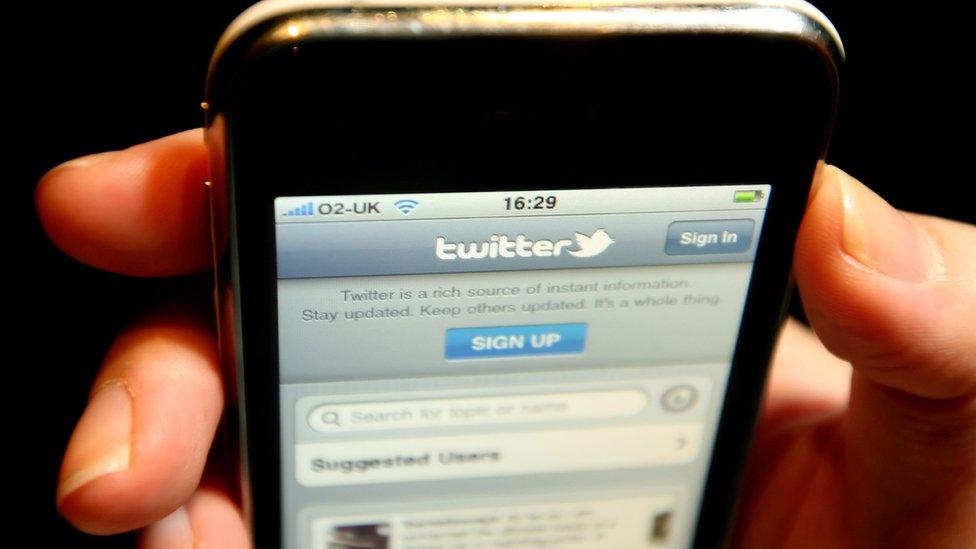
- Published5 February 2015
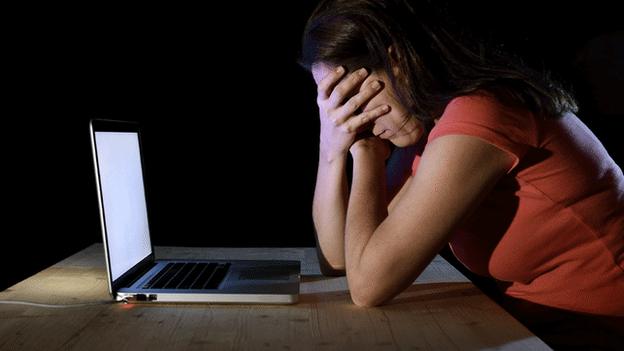
- Published16 November 2014
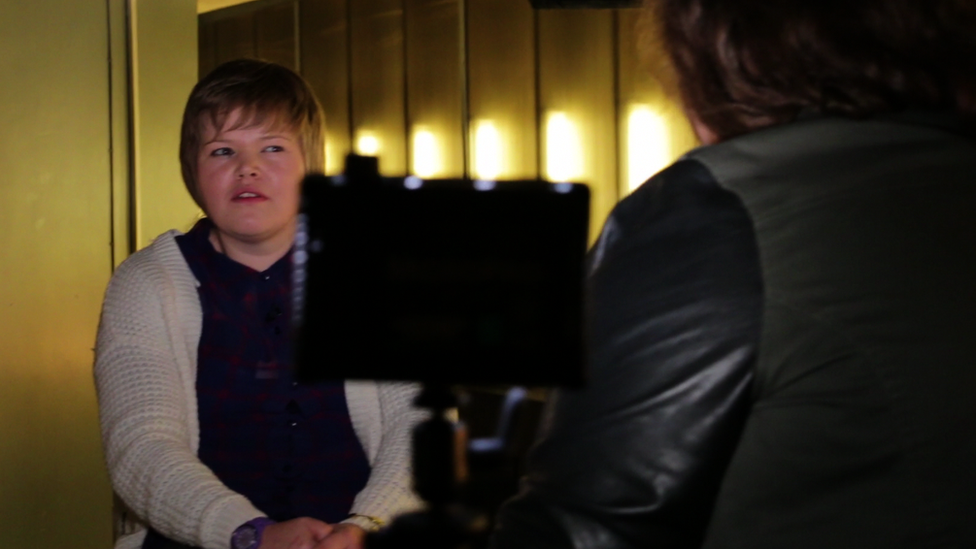
- Published8 January 2014
